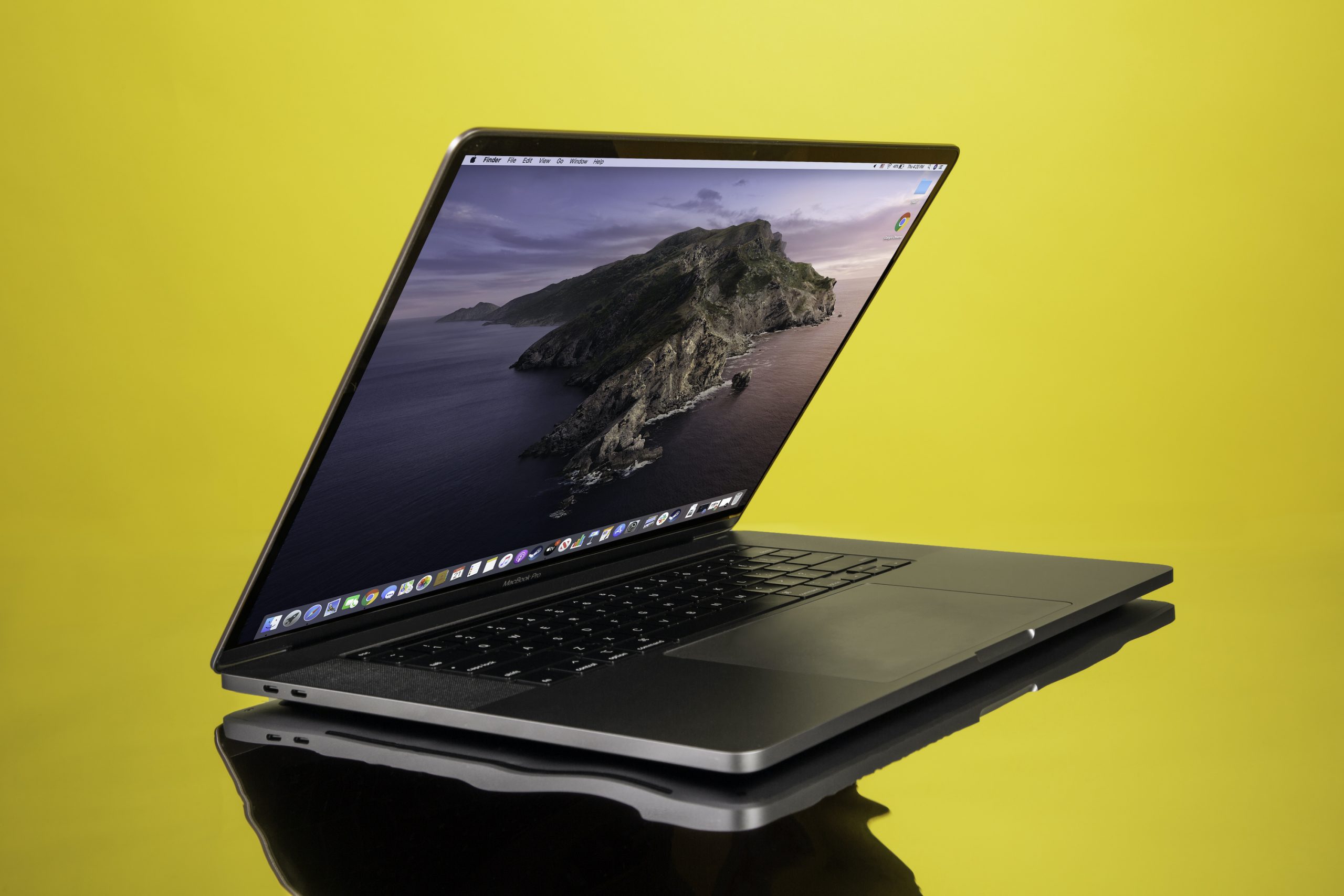- You can save battery on your Mac computer by adjusting your “Energy Saver” settings, and making sure you are running the latest software.
- Additional ways to save battery on your Mac include turning down your brightness, turning off Wi-Fi, and closing apps when they aren’t in use.
- Visit Business Insider’s homepage for more stories.
If you’re running your Mac most of the day, it might be necessary to find ways to save battery.
Some of the best ways to save battery on your computer include adjusting your “Energy Saver” settings, and making sure you are up to date with the latest software. Additional tips include turning down your brightness, turning off Wi-Fi, and closing apps when they aren’t in use.
Check out the products mentioned in this article:
MacBook Pro (From $1,299.99 at Best Buy)
How to save battery on your Mac computer

Here’s a look at five of the best tips for conserving battery life on your Mac computer.
Update your macOS

Operating a Mac with outdated software negatively affects your battery life. Using the latest version of macOS on your computer allows your battery to last as long as possible throughout the day.
1. Open your System Preferences by clicking the Apple icon in the upper-left corner of your desktop and then selecting "System Preferences…"
2. Click on "Software Update" in the third row. If you are due for an upgrade, there may be a red circle with a number over the gear icon.
3. It might take a few minutes for your computer to load and display the latest update for your computer. Click the "Upgrade now" button to upgrade your macOS. You can also check the box next to "Automatically keep my Mac up to date" for automatic updating.
Adjust your "Energy Saver" settings

Perhaps the best step for saving battery on your Mac is to adjust your "Energy Saver" settings. Energy Saver will automatically dim your display, put hard disks to sleep, and turn off your display to help your battery last longer.
1. Click the Apple icon in the top-left corner of your screen and then select "System Preferences…" Open Energy Saver, indicated by a lightbulb icon.
2. Click "Battery" at the top of the box. Next, check the boxes next to "Put hard disks to sleep when possible" and "Slightly dim the display while on battery power."
3. Use the slider at the top of the window to select the period of inactivity before your display turns off. Sliding the bar to the left will automatically turn off your display after a minute of inactivity, in turn helping you save battery.
4. You can check the box in the bottom-left corner to display your battery status in the menu bar.
Turn down your brightness

Another small trick is to adjust your brightness. Apple recommends dimming your screen to the "lowest comfortable level to achieve maximum battery life."
You can use keyboard shortcuts to adjust your screen's brightness.
1. On Macs with a Touch Bar, use the sun icon to increase or decrease brightness. You can also ask Siri or manually adjust the brightness in the "Display" section of your System Preferences.
2. On Macs without a Touch Bar, simply press the F1 key at the top-left to dim your screen, or the F2 key to brighten your screen.
Turn off Wi-Fi when you aren't using it

Turning off Wi-Fi when you aren't using it will also make a big difference on your battery life. This is especially helpful if you are working on documents, editing photos, or reading offline - all projects that may take hours, but do not require the internet.
1. Click on the Wi-Fi icon located on the right side of your top menu bar.
2. Click "Turn Wi-Fi Off."
- You can also turn W-Fi off in your Network settings in System Preferences by selecting "Turn Wi-Fi Off."
Quit all apps when you aren't using them

Finally, be sure to close and quit all apps that you aren't using. Apps running in the background will continue to suck your battery life.
Additionally, Apple recommends disconnecting peripherals, such as ejecting an SD card, if you're not currently using it.
To quit an app, right-click on the app and select "Quit" to close it. You can also force quit apps in three different ways.
Related coverage from How To Do Everything: Tech:
-
How to open a link in a new tab on your Mac computer in 2 different ways
-
How to download and install Skype on your Mac computer in 4 steps
-
How to get your Mac computer to read text aloud
-
How to highlight a PDF on your Mac computer using the built-in Preview app
-
How to stop programs from running at startup on a Mac to make your computer run more efficiently

